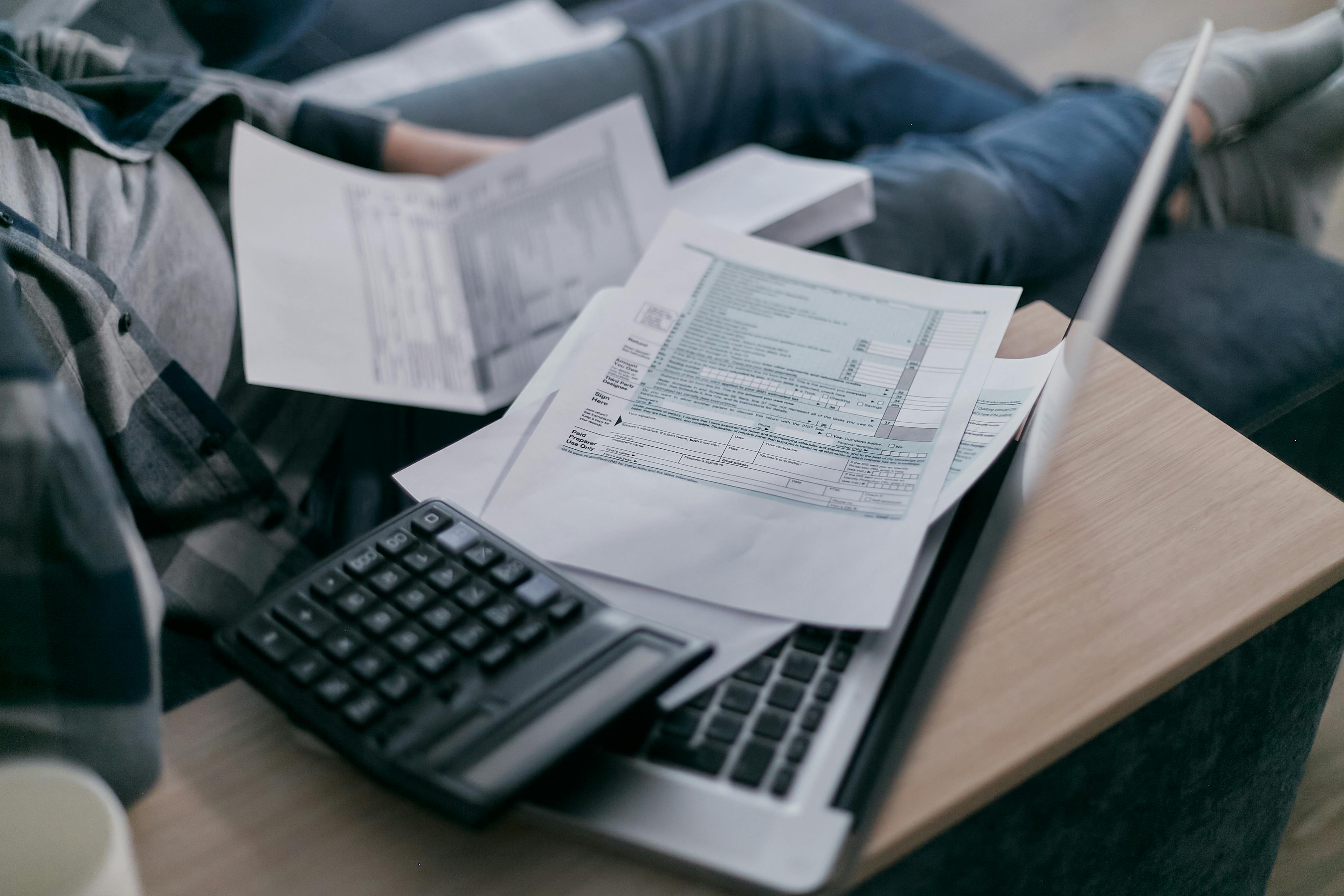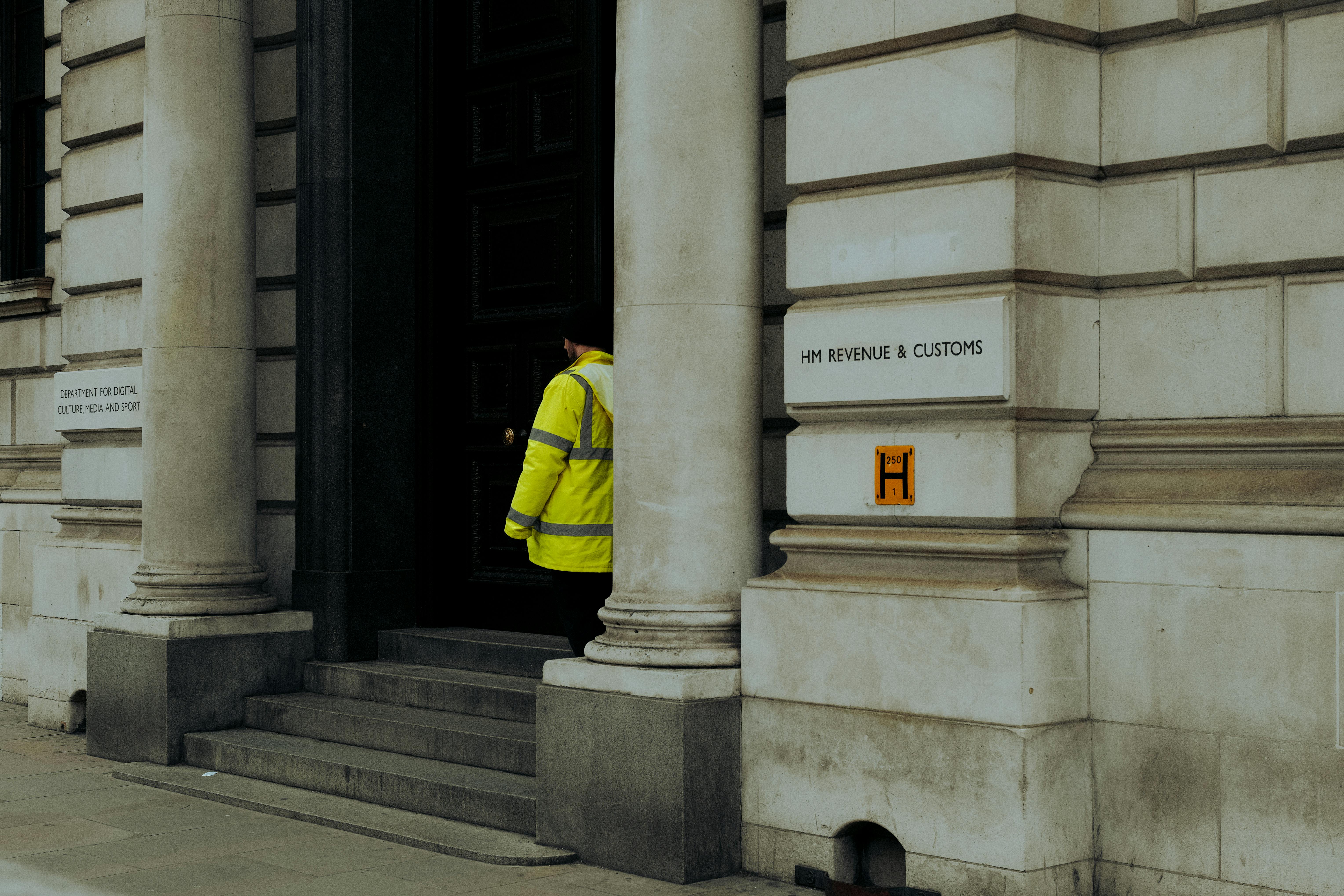Navigating Clothing Expenses: GOW's Guide to Clothing Related Tax Relief.
Navigating the realm of tax deductions and permissible business expenses can be a puzzle, especially when it comes to claiming clothing costs as part of your business expenditures. The eligibility for claiming clothing expenses hinges largely on their utilization.
If your clothing serves a dedicated work purpose, particularly for safety or branding reasons, it's likely that you can categorize it as a legitimate business expense. Yet, as with many financial matters, the situation is rarely as simple as it seems.
What Constitutes a 'Uniform' According to HMRC?
HMRC maintains clear criteria for what qualifies as a uniform:
The clothing should be specialized attire that unmistakably distinguishes one's occupation.
Attaching a permanent badge or logo to a garment often meets the standard for tax purposes, whereas merely affixing a removable badge does not suffice.
The key is that anyone on the street should be able to readily identify your profession and/or employer. For roles such as door attendants or waiting staff, formal evening wear might be necessary. In these cases, dinner jackets and trousers can be classified as a uniform, permitting a tax relief claim. However, initial uniform purchase costs are typically not claimable, unless you're self-employed or have personally bought the uniform without reimbursement from your employer.
If maintaining your uniform's cleanliness requires regular washing, you could potentially seek tax relief for these expenses. However, if your workplace offers washing facilities that you opt not to use, you can't claim this relief.
Key Guidelines for Clothing Expenses.
Three fundamental rules govern the allowance of clothing as a business expense:
● Incorporation of Branding: Clothing displaying your company's logo or branding is generally claimable. The branding should be conspicuous and non-removable.
● Costumes: Costumes, whether for promotional purposes or artistic performances, can be claimed. This includes outfits for acting or other theatrical endeavors.
● Protective Gear: Clothing worn for personal protection due to occupational hazards, like helmets or eyewear, can also be claimed.
Exclusions from Business Expense Claims.
A consistent theme is that you can claim clothing expenses only when you can demonstrate exclusive work-related use. HMRC rigidly opposes dual-purpose claims for expenses and business costs.
Certain grey areas exist, such as for fitness trainers, where clothing may serve dual purposes. While clothing solely worn for specific classes may qualify, clear business branding is crucial.
Items like everyday wear, personal favourites, or attire used for remote work cannot be claimed as business expenses.
Initiating Tax Relief for Work Attire.
It's important to note that for employees, uniform tax relief constitutes a tax refund, not an exemption. Employees have already contributed tax through PAYE, and the claim amounts to a refund of this tax.
Claiming can be done online via form P87 or through postal submission. Self-employed individuals should include uniform expenses in their tax return.
Flat Rate Allowances and Payment Process.
A flat rate allowance system exists for employees to claim uniform relief. This approach simplifies claiming by eliminating the need for meticulous record-keeping.
For employed individuals, once HMRC receives your claim, your tax code adjusts to lower monthly tax payments. If claiming for a previous year, HMRC may adjust your tax code or credit your bank account.
Self-employed individuals reduce their tax liability through uniform expenses listed in their tax return. The specific claim method depends on your business structure.
Retroactive Uniform Tax Relief.
Yes, uniform tax relief can be claimed retroactively for up to four preceding years, even if you've changed employers.
Flat Rate Allowances for Uniform-Related Expenses.
A government-established flat rate scheme streamlines uniform relief claims by providing standardized annual amounts. The rate varies based on job role and industry.
Common professions and their 2023/24 flat rate allowances include:
● Agriculture: £100
● NHS staff (including ambulance staff, nurses, midwives, dental nurses): Up to £185
● Airline staff (flight attendants, pilots): £1,022
● Heating engineers, plumbers: Up to £120
● Public transport workers (drivers, conductors): Up to £80
● Builders, carpenters, joiners, cement workers: Up to £140
● Printing industry (bench hands, ink/roller makers, machine minders): Up to £140
● Clothing industry (knitters, lace makers, dyers): £60
● Forestry workers: £100
Certain professions may claim additional items beyond standard uniform, subject to the nature of their work. For example, nurses can claim socks, tights, and shoes.
Laundry Expense Claims for Self-Employed Individuals.
Frequently asked is whether self-employed individuals can claim laundry expenses. While uniform costs can be claimed as a business expense, calculating individual wash costs (water, electricity, detergent) can be added if detailed records are kept. However, many opt for the simpler flat rate claim.
Various industries qualify for laundry claims. Sectors like health care, maintenance, and construction often lead in claims due to their uniform requirements.
Claiming Amounts and Submission Process.
For laundry-related tax claims, the uniform's necessity is the primary consideration.
Employees can utilize form P87 for claims, and the self-employed include such expenses in their tax return. In the current tax year (2023/24), the lowest flat rate claimable is £60. Basic-rate taxpayers can claim 20% of this figure.
Consult GOW’s accounting professionals for tailored advice on your business expenses.
Set Yourself up for Success
Did you know that we run the highest rated accountancy firm in Blackburn with Darwen?
Book your 30 minute discovery call today— enjoy a relaxed, no-obligation chat with one of our qualified accounting advisors. We can assess your situation and determine how to best serve and add value to your business.
Alternatively, you can send us a message with any queries (big or small), and one of our team members will get back to you promptly.






